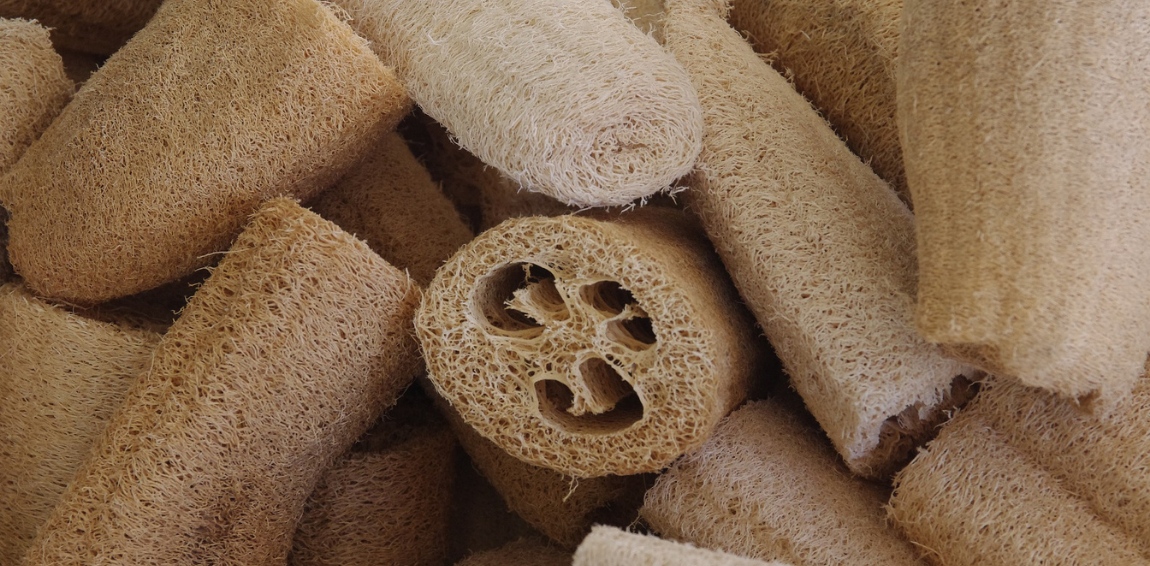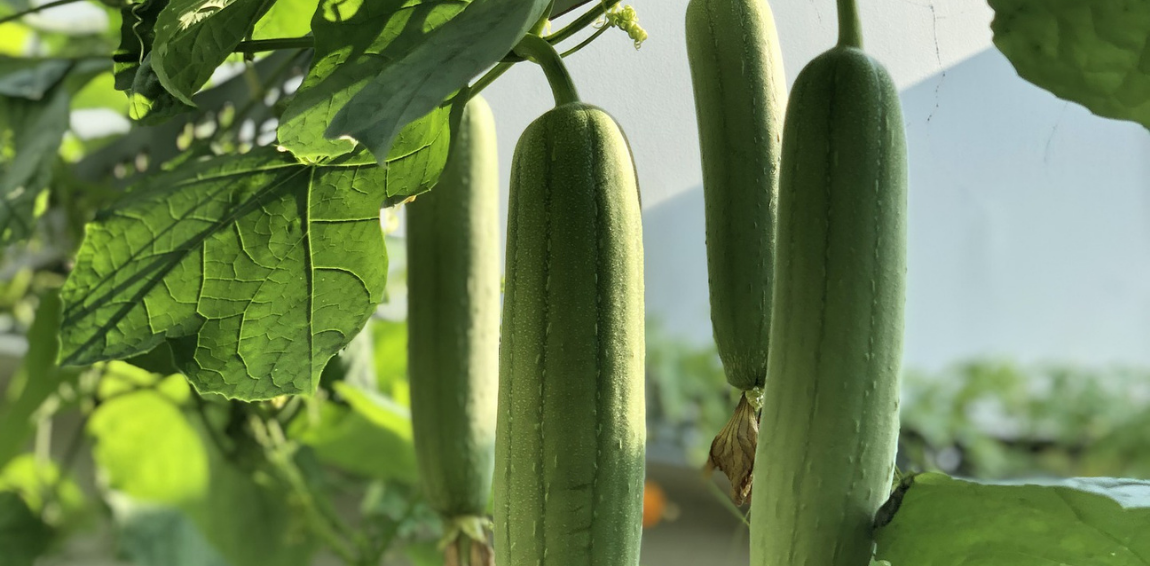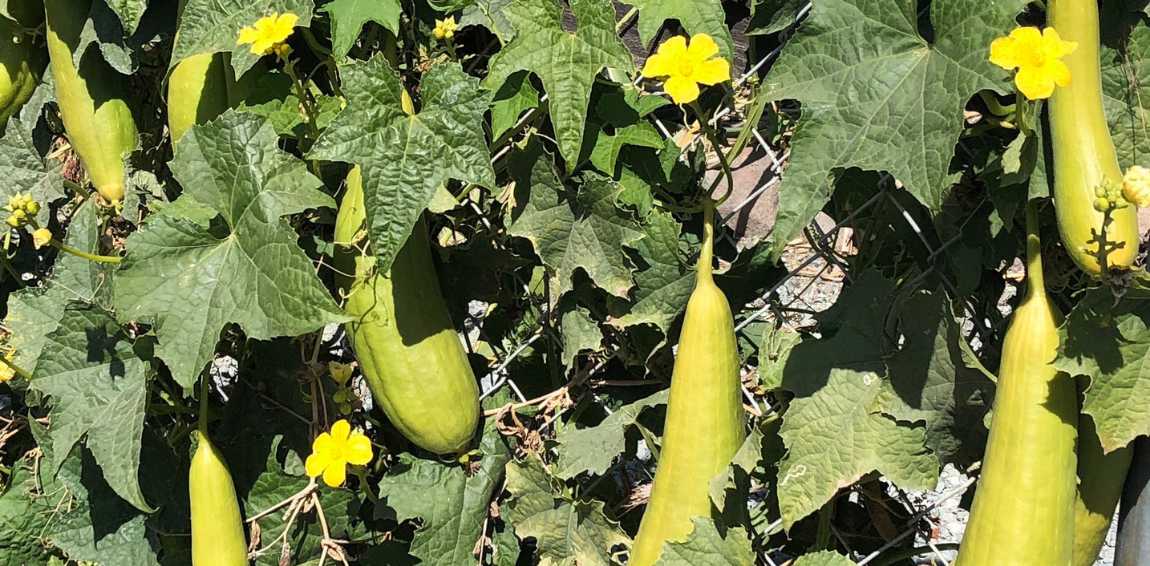Do you ever wonder where your loofah came from or what it’s made of? A lot of people don’t know it, but luffa (or loofah) sponges can be grown from the comfort of home from seed. It’s a common misbelief that the sponges can only be grown in the ocean, and some even think that loofah sponges are man-made!
Luffa plants, scientifically known as cucurbitaceae, actually grow in a manner similar to the winter squash, and they’re part o the gourd family.

If the luffa plants are harvested at a young age, they can be eaten and taste similar to summer squash. However, if they’re left on the vine to mature, they turn into the loofah sponge you can use in the bath!
When they are given the chance, these plants (which are also referred to as dishcloth gourds, vegetable sponges, and loofahs) are able to reach a size of 2 feet long and 7 inches in diameter. Those who wish to eat these plants will want to make sure to harvest them when they are at least 6 inches long.

The best young luffa will be perfect in your stir fry, owing to the summer squash taste. However, anyone who is looking to grow these plants will want to exercise the proper amount of patience.
They require a long growing season and need 150-200 frost-free days to reach optimal growth. Luffas also thrive best in areas that have lots of sun, warmth, and consistent watering.

Unfortunately, there are a number of climates where luffa plants cannot be grown consistently because the weather conditions are not conducive to it.
If you reside in USDA Zones 7 and higher, the luffa plants can be started outdoors with little to no problem. Zone 6 growers will want to make the adjustment and grow their plants indoors. Full sun, rich soil, patience, and vigilant weeding and pest control are needed to see them through the early stages.

Once the plants feel lightweight and are showing yellow and shriveled skin, they are ready to harvest!
Watch the video below:













